An exhibition and the companion book captures 125 years of majesty, spirit, and adventure.
A quote from Larry McMurtry on the back of the exhibit’s companion book speaks to the indelible and compelling nature of photography of the American West: “No matter how hard historians try to focus on the historic West or the geographic west, the West-in-the-mind’s-eye subtly but invariably intrudes. For this, we have the camera to thank.”
Thank the camera, yes, and thank Alexander Graham Bell for the photos in National Geographic, one of the first magazines to cover the West in pictures. A founding member of the National Geographic Society, Bell was not just the inventor of the first practical telephone; he was also the son-in-law of first National Geographic president Gardiner Greene Hubbard and succeeded him after his death in 1897. In turn, Bell’s son-in-law, Gilbert Hovey Grosvenor, became National Geographic magazine’s first full-time editor. Together, Bell and Grosvenor undertook the first major use of photographs in magazine stories.
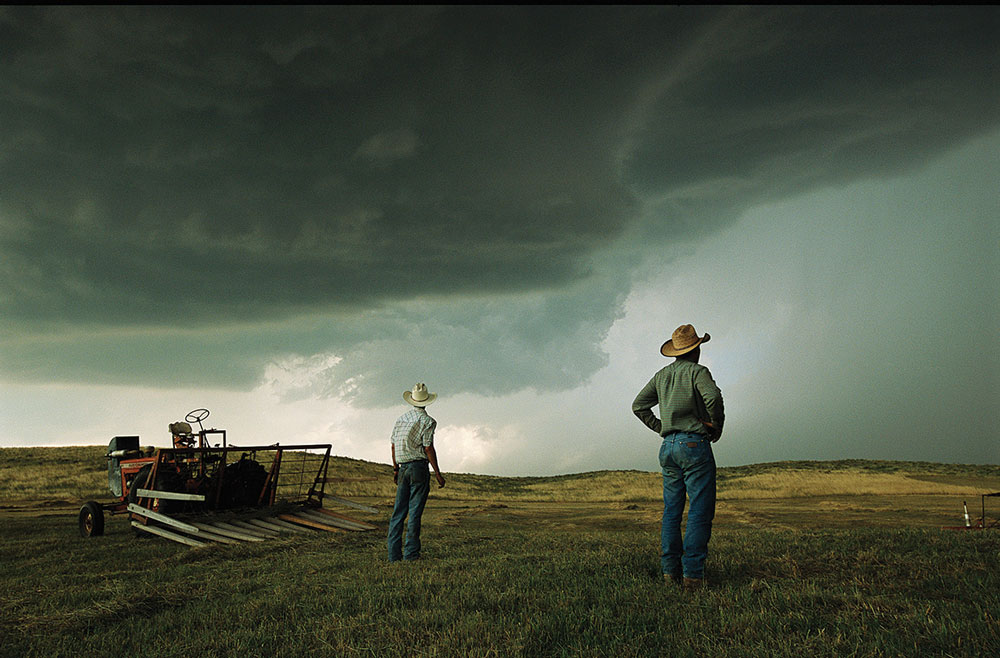
Their legacy is on view in the exhibition National Geographic Greatest Photographs of the American West, which is on display simultaneously at 10 museums across the country, and the official companion book. Showcasing the best photography in National Geographic’s collection, the book does indeed deliver on the promise of its tag line: “Capturing 125 years of majesty, spirit and adventure.” And it does the National Geographic Society proud.
Formed 125 years ago, the National Geographic Society began as the brainchild of 33 explorers and scientists who gathered at a private club in Washington, D.C., on January 13, 1888, and proposed the formation of “a society for the increase and diffusion of geographical knowledge.” Two weeks later, the society was incorporated, and by October of that year, National Geographic published its first magazine issue.
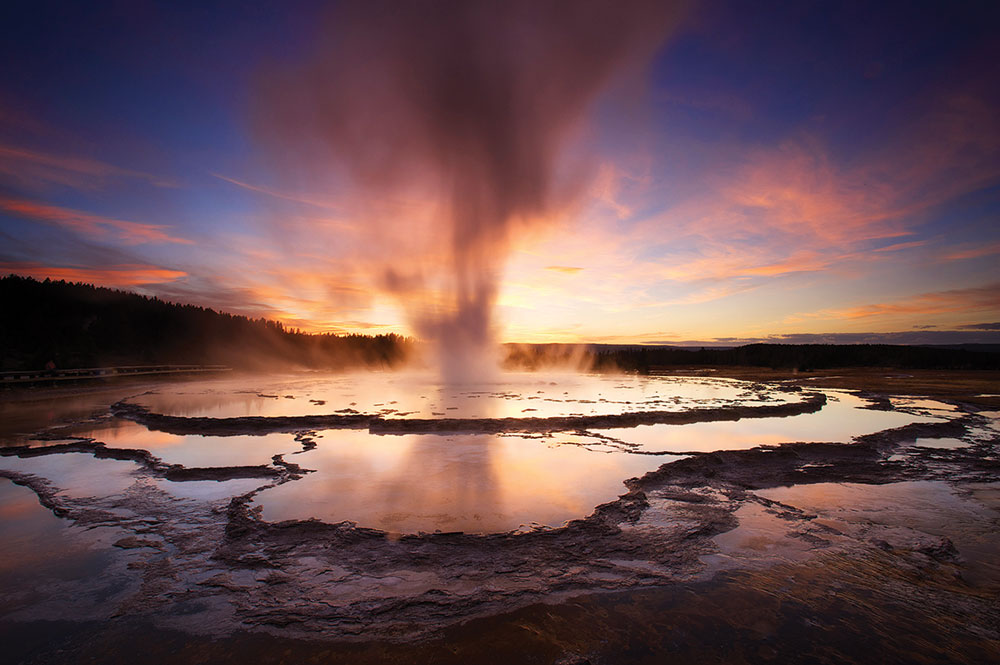
In the century and a quarter since, National Geographic has dispatched explorer-photographers around the world, and its memorable and award-winning images have helped countless millions visualize even the remotest corners of the earth. “When the National Geographic Society began photographing the West in the 1890s,” the book reminds, “a mere 90 years had elapsed since Lewis and Clark penetrated the unexplored lands of the continent.” In the magazine’s early days, the American West was still one of the world’s far-flung locations.
The collection explores the evolution of the West via images and extended captions that capture myriad aspects of the West. There’s everything from an archival photograph of the largest government-sponsored land run (6,361,000 acres) in 1893, the iconic shot of Rodeo Hall of Famer Bonnie McCarroll’s head-over-heels tumble in her 1915 debut at the Pendleton Round-Up, and Ansel Adams’ majestic photographs of Yosemite to contemporary color shots of wind farms, solar farms, and even a flag-draped BP refinery in Carson, California.
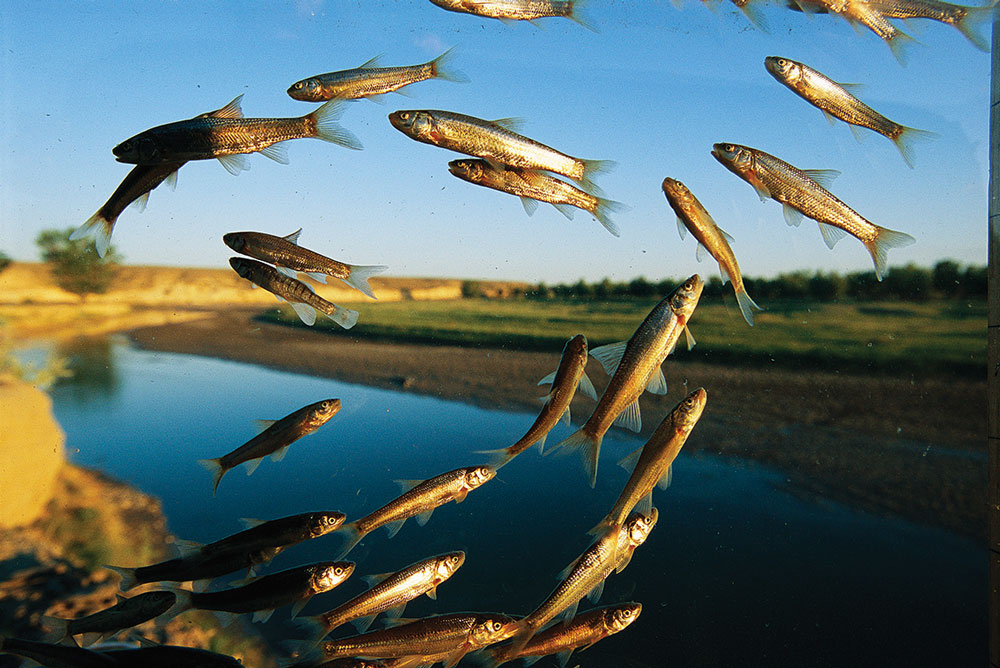
Sepia and black-and-white images by legends like William Henry Jackson and Edward S. Curtis show just how much change has happened in a little more than a century. But this is not a dispiriting chronicle of the transformation of the West from a place of myth and the majestic to a place of MapQuest and the mundane. It is mainly a celebration of its gorgeous landscape, inspiring wildlife, and singular people.
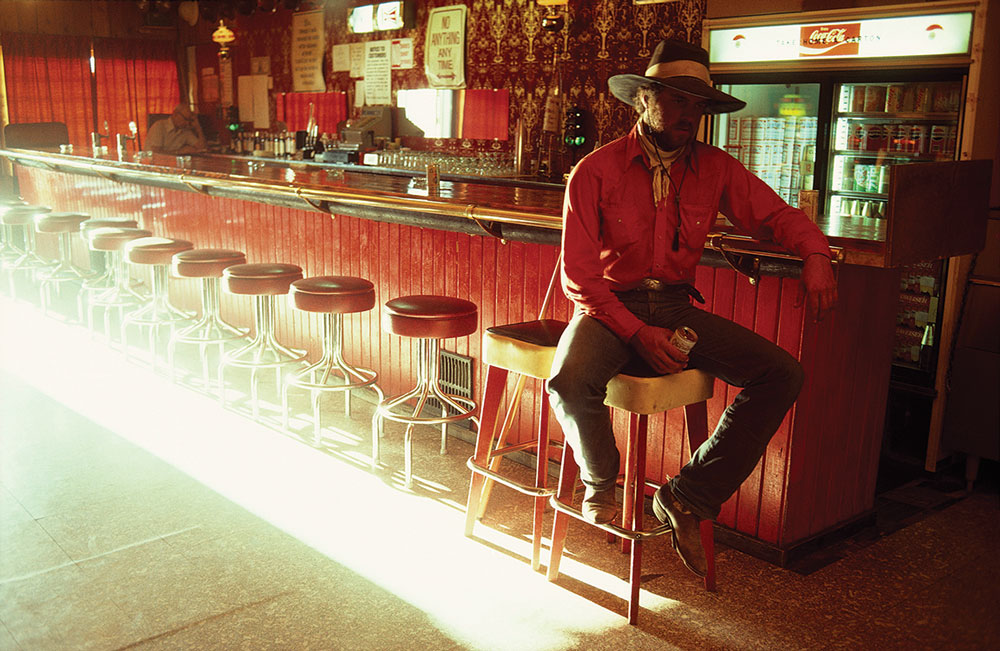
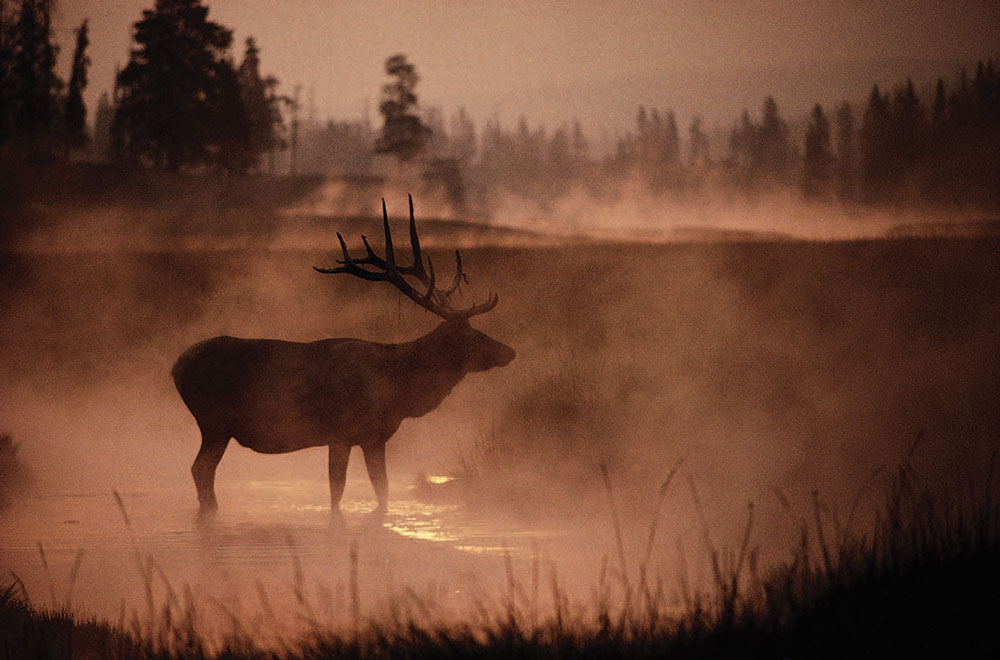
Even so, there is a cautionary subtext. Lingering over National Geographic Greatest Photographs of the American West, you might linger, too, over the prescient observations of “dean of Western writers” Wallace Stegner and desert-loving environmental essayist Edward Abbey. A 1969 quote from Stegner accompanies a photo of locals offering a paid ride to stranded motorists in the Rio Grande riverbed near Big Bend: “When it fully learns that cooperation, not rugged individualism, is the quality that most characterizes and preserves the West, it then has a chance to create a society to match its scenery.” A 1968 quote from Abbey complements a hand-tinted infrared image of a Sonoran desert landscape glowing with saguaro and organ pipe cactus and wildflowers: “Wilderness is not a luxury but a necessity of the human spirit, and as vital to our lives as water and good bread.”
The National Geographic Greatest Photographs of the American West exhibition is currently on view at the following museums: C.M. Russell Museum, Great Falls, Montana, through January 26; Stark Museum of Art, Orange, Texas, through January 26; Gilcrease Museum, Tulsa, Oklahoma, through February 3; Eiteljorg Museum of American Indians and Western Art, Indianapolis, through February 10; Booth Western Art Museum, Cartersville, Georgia, through March 10; National Museum of Wildlife Art, Jackson, Wyoming, through April 28; Buffalo Bill Historical Center, Cody, Wyoming, through August 11; Rockwell Museum of Western Art, Corning, New York, through September 15. The book is available for purchase online at Amazon.com.
From the February/March 2013 issue.














